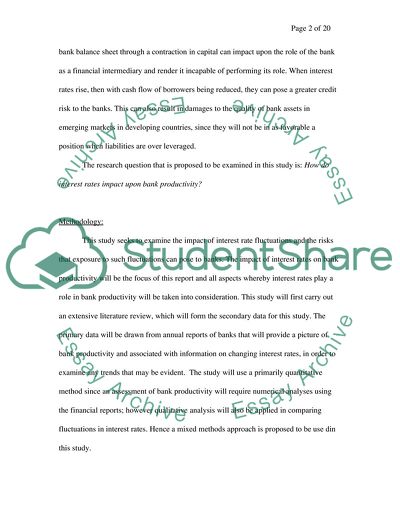Cite this document
(The Impact of Interest Rate on Bank Productivity Essay, n.d.)
The Impact of Interest Rate on Bank Productivity Essay. Retrieved from https://studentshare.org/finance-accounting/1714558-interest-rate-and-exchange-rate-exposures-of-uk-banking-institutions
The Impact of Interest Rate on Bank Productivity Essay. Retrieved from https://studentshare.org/finance-accounting/1714558-interest-rate-and-exchange-rate-exposures-of-uk-banking-institutions
(The Impact of Interest Rate on Bank Productivity Essay)
The Impact of Interest Rate on Bank Productivity Essay. https://studentshare.org/finance-accounting/1714558-interest-rate-and-exchange-rate-exposures-of-uk-banking-institutions.
The Impact of Interest Rate on Bank Productivity Essay. https://studentshare.org/finance-accounting/1714558-interest-rate-and-exchange-rate-exposures-of-uk-banking-institutions.
“The Impact of Interest Rate on Bank Productivity Essay”, n.d. https://studentshare.org/finance-accounting/1714558-interest-rate-and-exchange-rate-exposures-of-uk-banking-institutions.


